In a quiet studio tucked into a corner of Portland, Oregon, a small group of practitioners balances on one leg, their bodies tilted at precise angles. An instructor adjusts a student’s hip with a gentle nudge, then slides a block under another’s hand to maintain a steady line. This is no casual stretch session. This is Iyengar yoga, where alignment, precision, and the use of props converge to force a kind of perfection that’s as challenging as it is transformative. For many, this practice—often described as Iyengar yoga alignment precision forces props perfect —is less about flexibility and more about building a foundation so exact that every muscle seems to wake up. It’s a method that doesn’t just invite mindfulness; it demands it. As the room hums with focused breaths, you can’t help but notice the quiet intensity. How did a practice so rooted in detail become a quiet revolution for so many Americans seeking balance in 2025? The answer lies in its unrelenting structure—and the tools that make it accessible to almost anyone.
The Roots of Precision: Why Iyengar Stands Apart

Iyengar yoga, named after its founder B.K.S. Iyengar, emerged from India in the 20th century as a practice obsessed with anatomical detail. Unlike the flowing sequences of Vinyasa or the spiritual depth of Kundalini, Iyengar slows everything down. Poses are held longer. Angles are dissected. A shoulder blade’s position might get as much attention as an entire sequence in another style. This meticulousness isn’t just aesthetic—it’s functional. Iyengar believed that proper alignment could heal injuries, improve posture, and even shift mental states. His method spread globally, reaching the U.S. in the 1970s, and today, studios from New York to San Diego teach his philosophy. A 2025 survey from the Yoga Alliance notes that nearly 15% of American yoga practitioners have tried Iyengar, drawn by its promise of precision. That’s no small feat in a wellness world often chasing trends over substance.
But it’s not all dry anatomy. There’s a quiet drama in watching a practitioner refine a pose over weeks, each adjustment a small victory. The method’s focus on Iyengar yoga alignment precision forces props perfect creates a kind of bodily dialogue—one that many find unexpectedly emotional.
Props as Partners: Tools That Shape the Practice
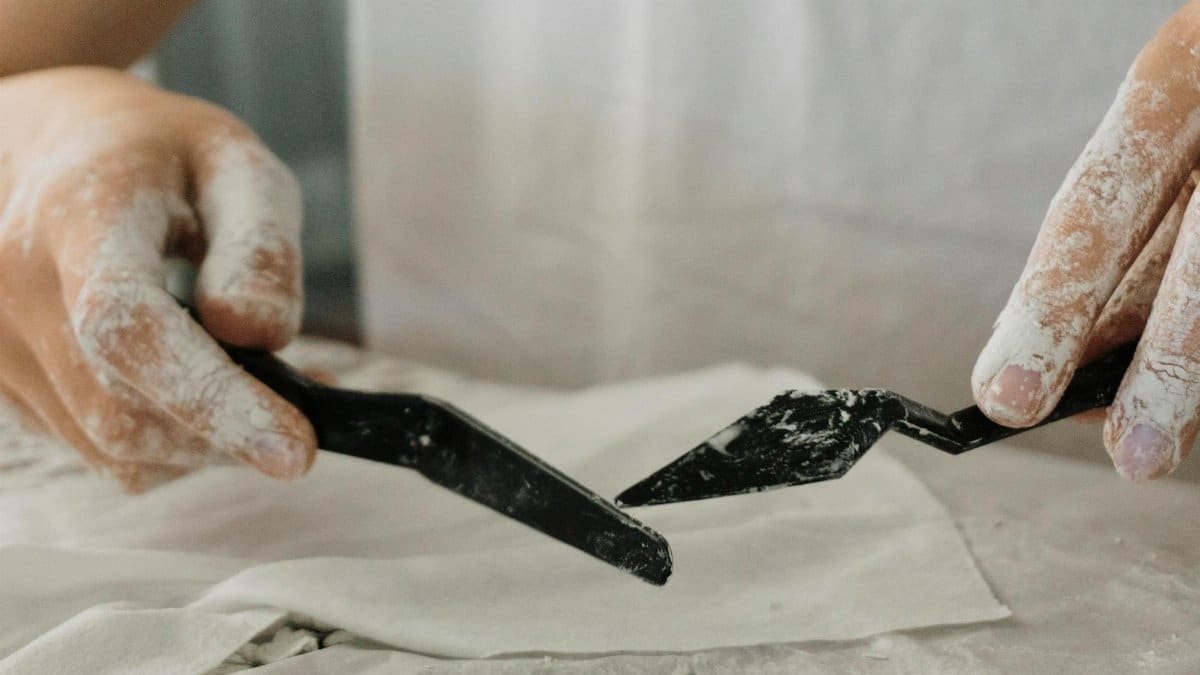
Walk into an Iyengar studio, and you’ll see an arsenal of props: blocks, straps, bolsters, even chairs. These aren’t crutches; they’re extensions of the practice. A strap might help a stiff-shouldered student reach their toes in a forward bend, ensuring the spine stays long rather than rounded. A block under the hips in a seated pose can tilt the pelvis just enough to protect the lower back. B.K.S. Iyengar pioneered this approach, believing props could make yoga accessible to everyone—regardless of age or ability. According to a study by the National Institutes of Health, props in therapeutic yoga practices like Iyengar can reduce injury risk by up to 30% compared to prop-free styles. That’s a compelling case for a folded blanket or a wooden brick.
One practitioner, a middle-aged accountant from Chicago, described the moment a bolster under her knees during a restorative pose changed everything. “My back pain just melted,” she said, her voice tinged with surprise. “I didn’t think a cushion could do that.” Such small revelations are common. Props don’t just support—they teach the body what alignment feels like.
Forced Perfection: The Double-Edged Sword of Alignment
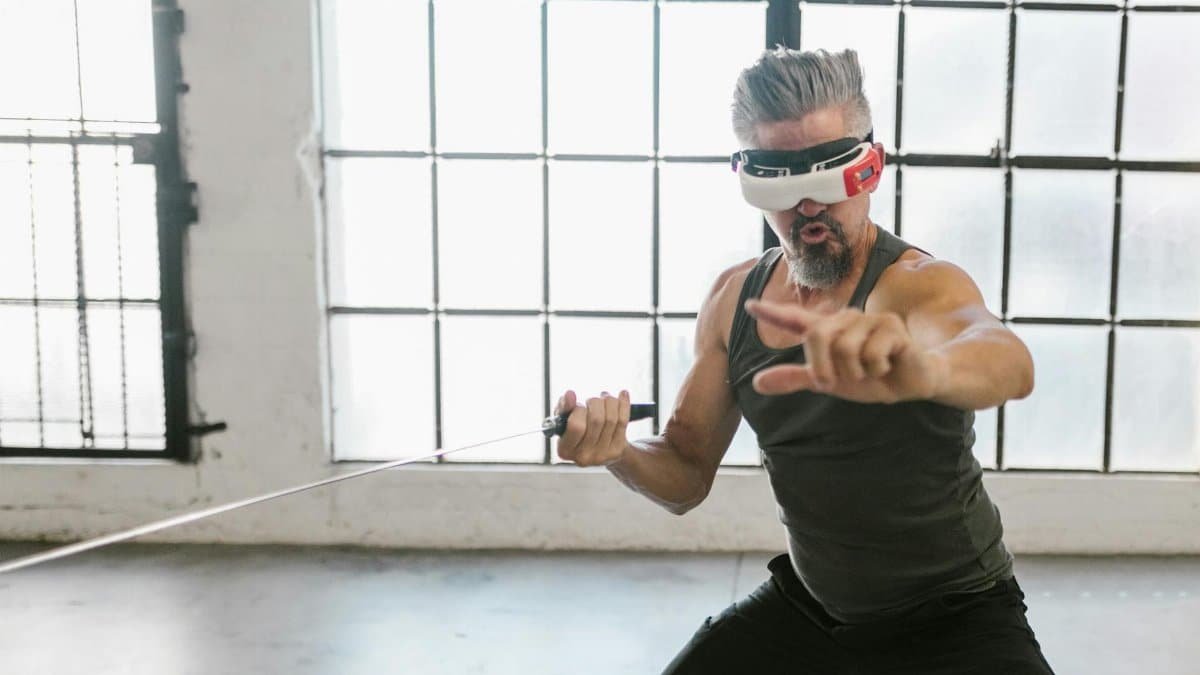
The word “forces” in the context of Iyengar yoga alignment precision forces props perfect isn’t accidental. This practice doesn’t let you slouch through a pose. Instructors are trained to spot misalignments—a tilted pelvis, a collapsed chest—and correct them with verbal cues or hands-on adjustments. For some, this feels like tough love. A 2025 report from the Yoga Alliance found that 62% of Iyengar students initially struggle with the intensity of feedback but later cite it as the reason they return. There’s a rigor here that can feel relentless. A knee must point this way. A foot must root just so. It’s not uncommon to spend 10 minutes perfecting a single standing pose.
Yet this insistence on precision can be polarizing. Some practitioners find it stifling, craving the freedom of less structured styles. Others see it as a path to mastery. The tension between discipline and discomfort is part of what makes Iyengar so compelling—and so divisive.
The Mind-Body Reckoning: More Than Just Physical
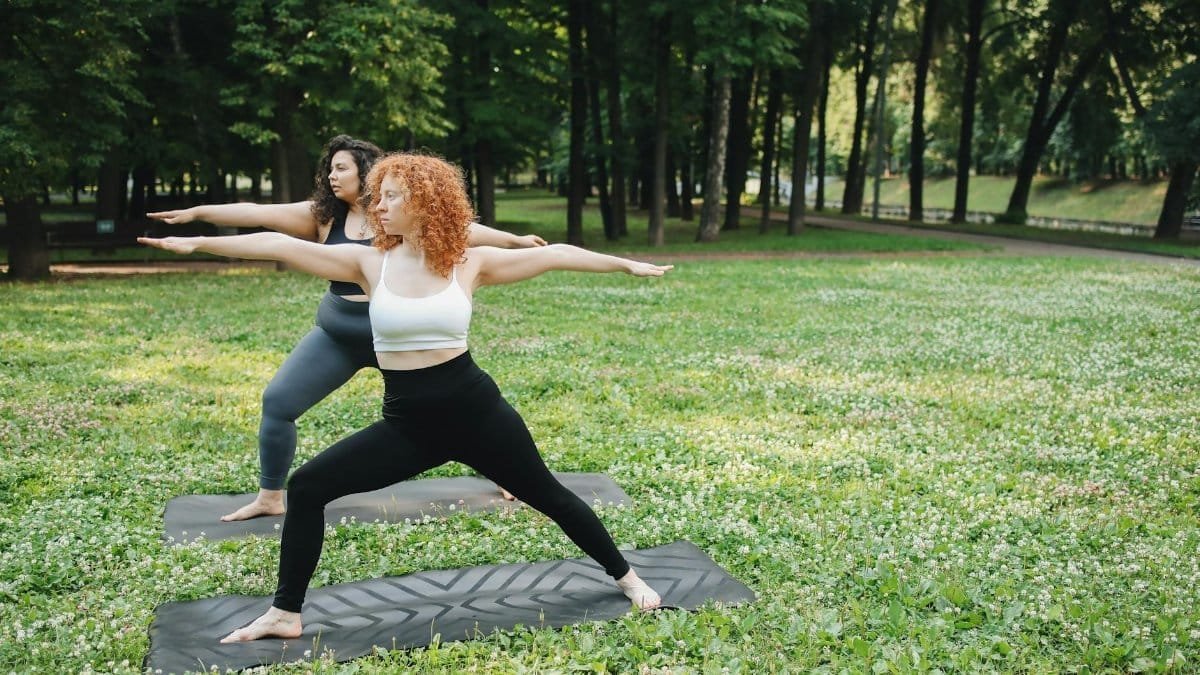
At first glance, Iyengar yoga seems hyper-focused on the body. Every instruction—lift the sternum, engage the quadriceps—feels like a blueprint for physical perfection. But spend time in a class, and you’ll notice something else: a mental shift. Holding a pose for several minutes while an instructor tweaks your alignment forces a kind of hyper-awareness. You can’t zone out. You’re there, in the wobble of your balance, in the strain of your hamstrings. Research from Harvard University suggests that mindfulness practices like yoga can lower stress hormones by 20% over consistent practice. Iyengar, with its deliberate pace, amplifies this effect.
One online account shared anonymously captured this duality well. The person described their first Iyengar class as “exhausting, not because of sweat, but because I couldn’t escape my own thoughts.” That raw honesty reflects what many feel: the practice’s precision doesn’t just sculpt the body—it sharpens the mind, sometimes uncomfortably so.
Who Is Iyengar For? Breaking the Stereotype

There’s a lingering myth that Iyengar yoga, with its focus on Iyengar yoga alignment precision forces props perfect, is only for the hyper-flexible or the already fit. Nothing could be further from the truth. Props make poses adaptable for beginners, seniors, or those with injuries. A 60-year-old retiree with arthritis might use a chair to ease into a warrior pose, while a young athlete refines their form with the same tool. Studios across the U.S., from Austin to Seattle, report growing diversity in their Iyengar classes as of 2025, with students ranging from teens to octogenarians. The Iyengar Yoga National Association of the United States emphasizes this inclusivity, noting that the method’s structure offers a rare entry point for those intimidated by yoga’s more acrobatic styles.
Still, it’s not for everyone. The slow pace and constant corrections can frustrate those who crave high-energy movement. But for anyone willing to embrace the details, Iyengar offers a rare kind of empowerment—one built on precision, not perfectionism.
The Cultural Moment: Why Iyengar Matters in 2025
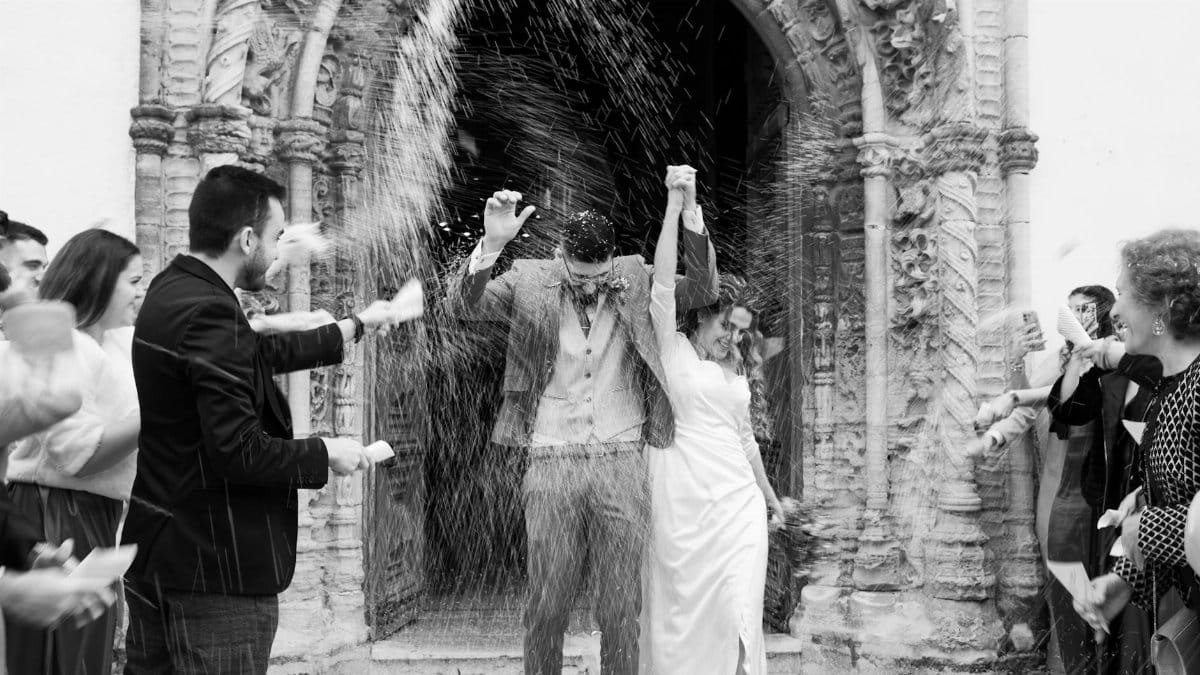
In a year marked by digital overload and relentless pace, Iyengar yoga’s slow, deliberate approach feels almost countercultural. Americans are burned out—studies show stress levels spiking post-pandemic, with over 40% reporting chronic anxiety. Against this backdrop, a practice that asks you to stand still, to notice the angle of your ankle, feels like a quiet rebellion. Iyengar studios have seen a 10% uptick in enrollment this year, per industry reports, as more people seek grounding over gimmicks. The appeal of Iyengar yoga alignment precision forces props perfect lies in its promise of control. In a world that often feels chaotic, aligning your body with exacting care can be a small but potent act of agency.
More than that, it’s a reminder of what’s possible when we slow down. A practitioner in a Denver class summed it up after a session with a bolster-supported twist: “For an hour, nothing else mattered. Just this.” That simplicity, paired with structure, might be Iyengar’s greatest gift.
Stepping Into the Practice: A Path Worth Trying
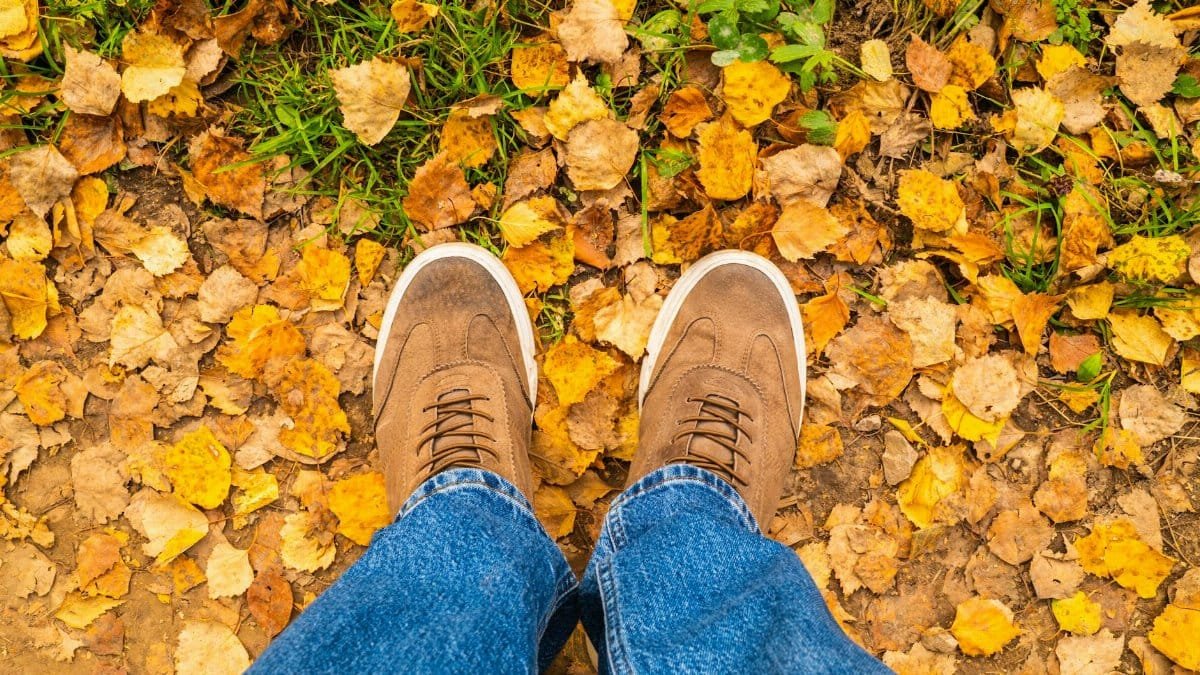
If the idea of Iyengar yoga intrigues you, the barrier to entry is low. Most cities have studios offering introductory classes, often with props provided. Start with a beginner session—expect to spend time on basic poses like mountain or downward dog, with plenty of guidance on alignment. Don’t be surprised if an instructor adjusts your stance or hands you a strap. That’s the point. The focus on Iyengar yoga alignment precision forces props perfect means you’ll leave with a deeper sense of how your body moves, even if you’re not “perfect” on day one. It’s less about mastery and more about awareness.
The real challenge is patience. Iyengar doesn’t deliver instant gratification. But for those who stick with it, the rewards—better posture, reduced tension, a quieter mind—build over time. In a culture that often prioritizes speed, this practice offers something rarer: the chance to be fully, meticulously present.
